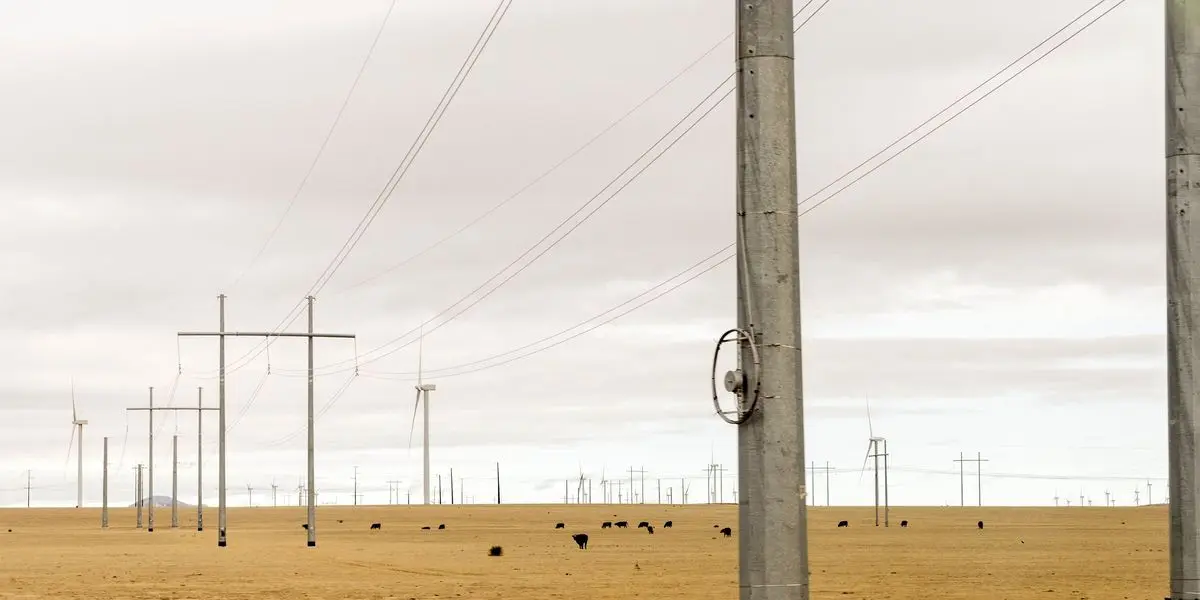- cross-posted to:
- geography@mander.xyz
- energy@slrpnk.net
- cross-posted to:
- geography@mander.xyz
- energy@slrpnk.net
cross-posted from: https://mander.xyz/post/10153234
At the heart of the problem are utility companies that refuse to pursue interregional transmission projects, and sometimes even impede them, because new projects threaten their profits and disrupt their industry alliances. Utilities can stall transmission expansion because out-of-date laws sanction these companies’ sweeping control over transmission development.
As we increasingly electrify our homes, transportation, and factories, utility companies’ choices about transmission will have huge consequences for the nation’s economy and well-being. About 40 corporations, valued at a trillion dollars, own the vast majority of transmission lines in the United States. Their grip over the backbone of U.S. grids demands public scrutiny and accountability.
…
Expansion can open opportunities for new power-plant and transmission developers to undercut utility companies’ profits and take control over the rules that shape the industry’s future. Utility companies are prioritizing their shareholders over the public’s need for cleaner, cheaper, and more reliable energy.
…
But from the perspective of utility companies, interregional transmission presents several drawbacks. First, building such connections opens the door for competitors who may sell lower-priced power into their region. Second, utilities make far more money constructing power plants than building transmission lines, so they are reluctant to build connections that might permanently reduce their opportunities for future generation investments.
Third, major interregional transmission projects are less financially attractive to utility companies in comparison with smaller ones. For larger projects, utilities may have to compete against other developers for the opportunity to profit from construction. The utility industry sponsors third-party oversight of such projects, while smaller projects are less scrutinized by the industry. Smaller projects are easier to pull off and more profitable than the larger ones, because they need fewer construction permits, face less review by regulators and industry, and are built by utilities without competition from other developers.
Fourth, interregional lines threaten utility companies’ dominance over the nation’s power supply. In the power industry, asset ownership provides control over rules that govern energy markets and transmission service and expansion. When upstart entities build power plants and transmission lines, they may be able to dilute utility companies’ control over power-industry rules and prevent utilities from dictating decisions about transmission expansion.


